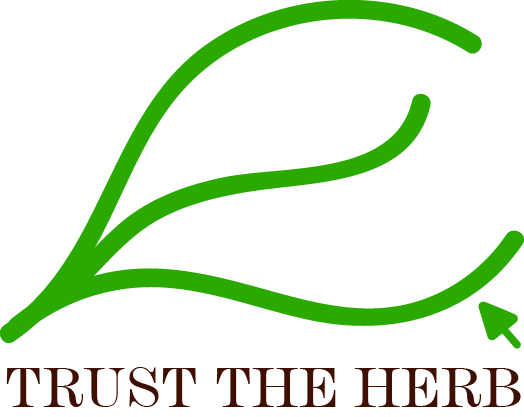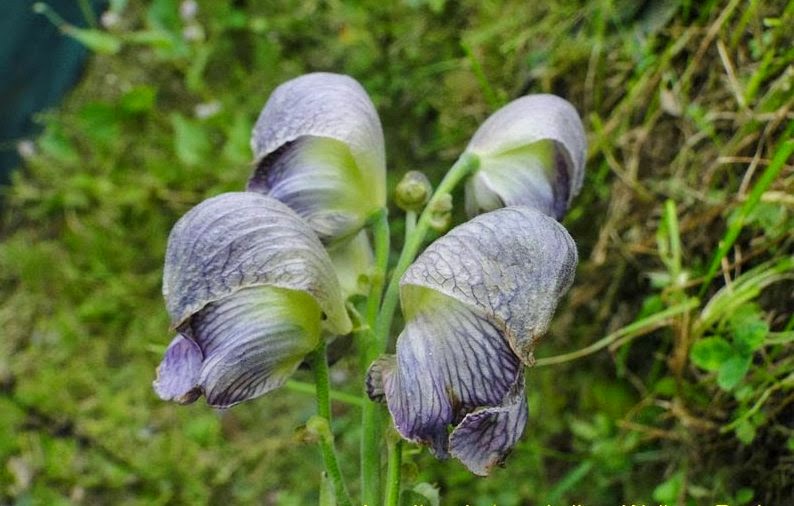Uncategorized
Atis – Ativisha – Aconitum heterophyllum
Contents
Worldwide names of Atis – Aconitum Heterophullum:-
Hindi:- Atis
Sanskrit:- Ativisha, Vishra, Ghunbalabbha, Shringi, Shuklkanda
Marathi:- Atiwisha
Gujarati:- Vakhmi, Ativakhmi Kali, Ativas, Ativisha
Punjabi:- Atis, Chitjadi Bonga
English:- Indian Atees
Latin:- Aconitum Heterophyllum, Aconitum Cordatum
Other common names are:-
sisubhaisajya, sitashringi, suklakanda, Indian Atees, athividyam, ati vitayam, ati-vadayam, ativacam, ativacampu, ativadayam, ativaka, shyamkanda, ati-vidayam, pankaram, mohra, padish, patis, vajje-turki, vajjeturki, atis shirin, beesh ,mitha zahar, amrita, Akuculapu, Athivaasa, Atirasa, Ativasa, Atees, Atis Shirin, Beesh, Ativakhani Kali, aruna, ataicha, atisaraghni, ativisa, ativisha, bhangura, bhringi, ghuna-priya, ghunaisa, upavitam, attiranam, avirukam, cattivinacini, cinki , cirinki , kashmira, kasmira, bon-na-dkar-po, atavish, athivish, ativisha, athivaasa, atirasa, ativasa, ativasu, arand, ateicha, atis, atvika, madri, mahoshadha, mridvi, pankura, prativisa, prativisha, Athivish, Bikh, Amrita, Aruna, Ataicha, Atisaraghni, Ativisa, Adividayam, Adivitaiyam, pravisha, shishubhaishyajja, shokapaha, shringi, shringika, shuklakanda, shveta, shvetakanda, shvetavacha, AtvikaKannada, Ati Visha , Ataicha, Atis Root, , pankurai, alecuvitaiyam aticarakkini,Ati Vidayam, Ataich, Ati Vasa, Vajjcturki, bon na, bon na dkar po, Arand, Ateicha, Atis, Atvika, Athibaje, Athivisha, Ativitayam, Atavish, surala, upavishaaka, upvisha, vallabha, aruna, arunai, athividayam, vira, virupa, visakhya, visha, visharupa, vishva, ativitayam, athibaje, athivisha, atibaje, bhangura, ACONITE, adhividayam, atividyam, ativitai, ativitaiyam, ativitam, kalacuvitaiyam, kalakavetam, kalarcipatam, kunettam, mantiri, matiri, matirivitaiyam, nattuativitaiyam, alecuvitayam, ariyan, ariyavitaiyam, ariyavitayam, arttiram , pankuram, upavitai, cukkilakentam, cukkulakantam, kalacu, kalacuvetam, vicu, vicuvacan, vicuvam, vicuvankatti, vicuvatikkam, visapaka, vitam, vitaru, vitayam, Chitijari, Bonga, Vajje-turki, Vaj-turki, Bazziturki, Atibage, Ativish, Aatich, aticaracuracamaraci, Ativishni Kali, Ativikhani Kali, Ativisha, Athihage, Atividayam, Ativisha, Atushi, Atisa, Atees, Ativasa, Kashmeera, Shuklakanda, Bhangura, Vishva, yankura. Atibaje, Ativakhanikali, Atividayam, Ataich, Bikh, , ativitayam, attakatitam, attam , attatam, kalarcupatam, kalarcuvatam, kantacukkilam, kenta , kukkilam, kunakkacikam, kunakkacikam, kunapalam, kunapalan, kunattam, kunavallapai, kunetakam, adivitaiyam, akuculapu, alakavetam, alecuveppam, alecuveppu, Ati Vasa, Aruna, Ghunapriya, Visa, MITHA BISH, ATIS MEETHI, ATISH,
Aconitum consist of about 100 species that are found throughout northern temperature regions. Aconitums contains the alkaloids aconitine, Which is one of the most toxic plant compounds known.It mainly grows in Himalaya region. It is used as an antidote for many poision. It comes under Visha plant but still it`s not poisonous. This Atis belongs to same group of aconitum ferox but still it is not poisonous this is its main feature. When it is Green (fresh) palnt then a little bit toxin was there but only effect to small insects not human being. And as it becomes dry the little bit toxin also vanished. It has one of the most demerit which is we cannot keep this herb for long as after 2-3 months the bugs comes up in its dried roots and buds. It is mostly used for child dieases.
There is one more herb of the same species Aconitum Palmatum ( Atees – Sweet) this is also named as Atees and having the same uses.
Purification:-
There are differences in Purification of this Atees some recommend that there should be same purification to be followed as we follow in Vatsanbha (Bachnag) which is To boil in cow milk for 4-5 hours or in cow urine kept for 3 days in sunlight and cow urine to change after every 24 hours. After that dried in sunlight. This is the purification of Aconitum Ferox (Vatsanbha)
And some said it should be purified by the technique called Swedana and base material will be cow dung juice and dried in sunlight. By this process, its toxins are removed and ready for medicinal use. Some people feel that no purification needed for this herb.
Parts Used:- Stems, Roots
Properties:- It is Bitter, Pungent, Light, and has hot potency. It pacifies All three dosha Vata, pitta, and Kapha but mainly Kapha.
Uses:-
1:- Atis is helpful in Fever and malaria
2:-it proves beneficial in Cough, Cold, and Bronchitis.
3:-In Nausea and vomiting it helps a lot
4:-In indigestion and loss of appetite it is beneficial
5:-it plays a significant role in Diarrhea treatment.
6:- It is helpful in piles.
7:- In intestinal Worms, it helps a lot.
8:- In reducing obesity it is helpful
How to take Atees:-
1:- For cough – cold ¼ teaspoon of purified root powder with honey to be given twice a day.
2:-In form of decoction (Tea) it is also consumed
3:-In intestinal worms Vidanga + Ativisha is given
4:- For obesity ½ teaspoon of ativisha to be taken twice a day after meal with water/honey.
Note:- Purified Roots are recommended to use. And during pregnancy, it is better to avoid and taken under medical supervision.


